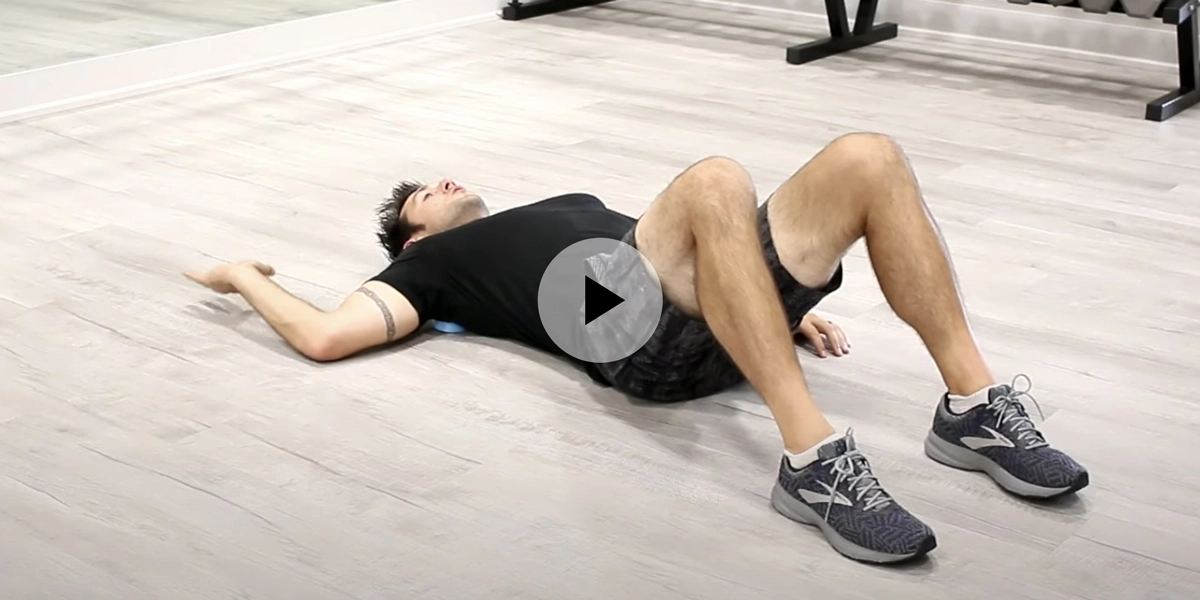In today’s fast-paced world, where stress and physical ailments have become commonplace, it is essential to discover effective methods to release muscle tension and promote overall health. Releasing myofascial tension, a powerful therapeutic technique, offers a natural and holistic approach to alleviate pain, improve flexibility, and enhance the body’s function. In this comprehensive guide, we delve into the fascinating world of Myofascial Release, exploring its techniques, benefits, and answering frequently asked questions to keys to the sea realty help you achieve a pain-free and balanced body.
Myofascial Release: Unraveling the Basics
Myofascial Release, often referred to as MFR, is a specialized manual therapy that focuses on the myofascial system—a complex network of connective tissues that surround and support muscles throughout the body. This therapy aims to release the tension and restrictions within the fascia, resulting in improved flexibility, reduced pain, and enhanced overall well-being.
Understanding Fascia: The Connective Tissue Matrix
The fascia is a three-dimensional web-like matrix of connective tissues that encases muscles, bones, nerves, and organs. It plays a vital role in maintaining the body’s structural integrity and acts as a protective shield for the internal organs. When fascia becomes tight or restricted due to trauma, poor posture, repetitive movements, or stress, it can lead to discomfort and limited mobility.
The Myofascial Release Technique

The Myofascial Massage Release is performed by skilled therapists who use gentle, sustained pressure to stretch and elongate the fascia. This hands-on approach allows the therapist to feel and release restrictions within the connective tissues, thereby restoring balance and reducing pain. MFR is a non-invasive and safe therapy that can benefit people of all ages and physical conditions.
The Benefits of Myofascial Release
MFR offers a plethora of benefits that extend beyond pain relief. Some of the key advantages of Releasing myofascial tension include:
Pain Reduction: MFR can significantly reduce chronic pain, including back pain, neck pain, and headaches, by releasing tension and restoring proper alignment.
Improved Flexibility: By unlocking tight fascia, MFR enhances flexibility and range of motion, leading to better athletic performance and reduced risk of injuries.
Enhanced Posture: Myofascial Release helps correct postural imbalances, allowing the body to maintain a natural alignment and reducing strain on muscles.
Stress Relief: This therapy promotes relaxation and reduces stress by releasing physical and emotional tension stored in the fascia.
Improved Circulation: MFR improves blood flow, which aids in the delivery of oxygen and nutrients to muscles and tissues, supporting faster healing.
Boosted Athletic Performance: Athletes can benefit from MFR to improve muscle function, prevent injuries, and optimize their performance.
Recovery from Injuries: Releasing myofascial tension accelerates the healing process after injuries, surgeries, or accidents by promoting tissue repair.
Types of Myofascial Release Techniques
Myofascial Release comprises various techniques, each tailored to address specific areas of the body or conditions. Some of the commonly used MFR techniques include:
Direct Releasing myofascial tension (DMFR): In DMFR, the therapist applies pressure directly on the restricted area, slowly stretching the fascia to release tension.
Indirect Myofascial Release (IMFR): IMFR involves gentle pressure and sustained holds in the opposite direction of the restriction, allowing the fascia to unwind gradually.
Deep Tissue Massage: This technique focuses on deeper layers of muscle tissue to release chronic tension and tightness.
Trigger Point Therapy: Targeting trigger points, which are hyperirritable spots in muscles, this technique helps alleviate pain and restore muscle function.
Myofascial Unwinding: A gentle approach that allows the body to move freely and release tension by following its natural patterns of movement.
Myofascial Stretching: This technique involves passive stretching of muscles and fascia to improve flexibility and promote relaxation.
Conditions That Can Benefit from Myofascial Release

Myofascial Release can be beneficial for a wide range of conditions, including:
Fibromyalgia: MFR can help manage pain and improve overall quality of life for individuals with fibromyalgia.
Chronic Back Pain: People suffering from chronic back pain can find relief and improved mobility through Releasing myofascial tension
Temporomandibular Joint (TMJ) Disorder: MFR can ease tension in the jaw, reducing TMJ-related pain and discomfort.
Frozen Shoulder: Myofascial Release can aid in restoring shoulder mobility and reducing pain associated with frozen shoulder.
Carpal Tunnel Syndrome: By releasing tension in the forearm and wrist, MFR can alleviate symptoms of carpal tunnel syndrome.
Frequently Asked Questions (FAQs)
Is Myofascial Release Painful?
No, Releasing myofascial tension is generally not painful. The therapist uses gentle pressure and communicates with the client to ensure comfort throughout the session. Some people may experience mild discomfort, which usually subsides quickly.
How Long Does Each Myofascial Release Session Last?
The duration of a Releasing myofascial tension session can vary depending on individual needs and the extent of restrictions. Typically, sessions last between 60 to 90 minutes.
How Many Sessions of Myofascial Release Do I Need?
The number of sessions required varies based on the individual’s condition and response to treatment. Some people experience significant improvement after just a few sessions, while others may need more prolonged therapy.
Can Myofascial Release Help with Sports Injuries?
Yes, Myofascial Release can be beneficial for athletes recovering from sports injuries. It helps promote healing, improve flexibility, and prevent future injuries.
Is Myofascial Release Suitable for Everyone?
Myofascial Release is generally safe for people of all ages and physical conditions. However, individuals with certain medical conditions or injuries should consult a healthcare professional before undergoing MFR.
Can I Combine Myofascial Release with Other Therapies?
Yes, Myofascial Release can complement other therapies such as physical therapy, chiropractic care, and acupuncture. It can enhance the effectiveness of these treatments and speed up the healing process.
Conclusion
Myofascial Release offers a powerful and natural solution to address a wide range of physical conditions and promote overall well-being. By unlocking the restrictions within the fascia, this gentle and effective therapy can provide pain relief, improved flexibility, and enhanced posture. Whether you are an athlete aiming to boost performance or an individual seeking relief from chronic pain, Releasing myofascial tension has something valuable to offer. Embrace this holistic approach to unleash the full potential of your body and experience the joy of living pain-free.

John Xiong is a passionate writer, researcher, and wellness enthusiast, dedicated to exploring the intricacies of human health and well-being. With a profound interest in holistic healing practices, John’s expertise lies in the field of alternative therapies and mind-body connections. As the author behind the thought-provoking articles on “xiong.ac

